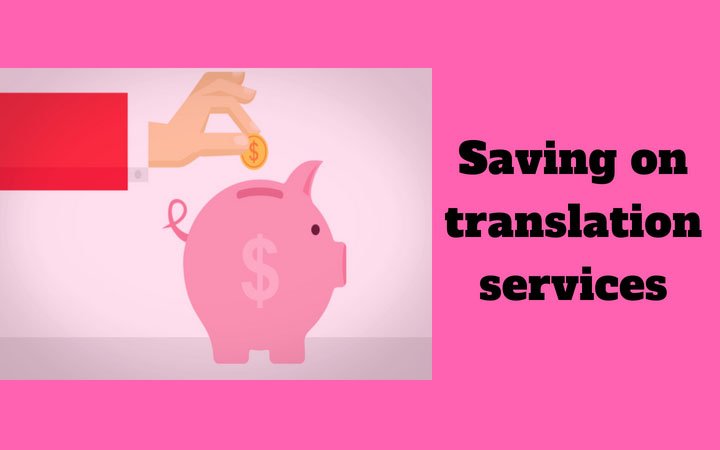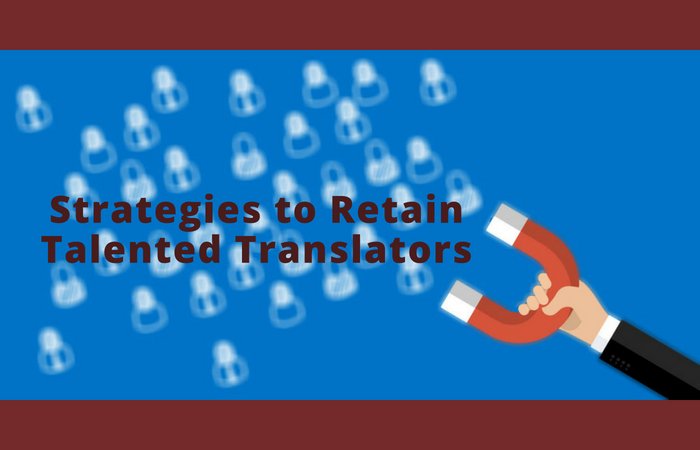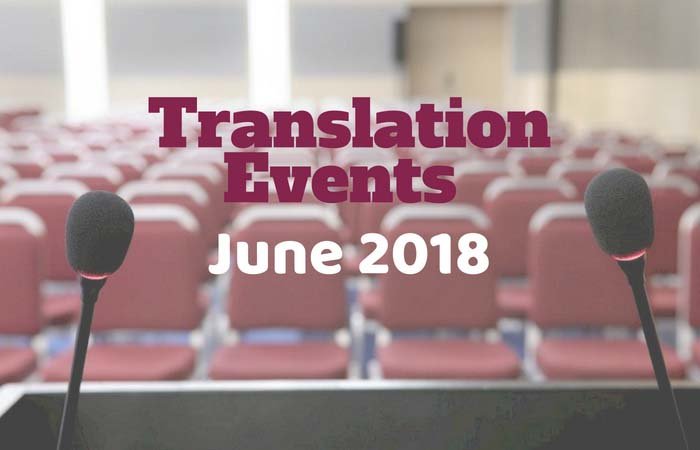In a previous post, we mentioned what freelance translators should do to keep their translation clients happy, but what about the translators’ expectations?
As organizations become increasingly reliant on contractors and freelancers, they need to consider how to attract and retain them. Many clients think that because their translation projects are only temporary, there isn’t much point bothering to retain a translator. But if you’ve decided to collaborate with a translator on a contractual basis, remember that it needs to be a harmonious relationship. Making sure that you get your message across clearly and accurately is essential for both the client and the translator.
Below are some crucial points that you should bear in mind to keep your freelance translator or contractor happy.
Communicate clearly
If you work with a translator remotely, you’ll want to make sure that you communicate your needs and expectations clearly from the start. This will prevent confusion and save you time. Remember that freelance translators or contractors are not part of your organization and need relevant information to deliver a quality translation.
The clearer your instructions, the more likely the translator will continue accepting jobs from you. They will also feel like a part of your team and will be motivated to give you their best.
Be responsive
In communication, responsiveness is essential. Many issues can arise in a translation project: a term may need clarification, there may be parts missing, documents may not open correctly, and so on. Efficient translators like to work with companies that respond to their queries and address issues in a timely fashion. That email you are not answering might cause delays in your translation or in other projects of the translator.
Quality checks and revisions should be done by native speakers
There’s nothing more annoying for a translator than receiving corrections full of grammatical errors and spelling mistakes. If you have someone from your company review the delivered translation, make sure that the person proofreading it is both an expert in the subject matter and a native speaker of the target language (the translation language). It will be a waste of time for both you and the translator if the documents keep coming and going with bad corrections and the translator constantly explaining why the translation is correct.
Provide feedback
Feedback is a crucial part of the translation process. Honest reviews can provide a way to identify weaknesses and strengths which will, in return, make future projects run more smoothly. In addition, with your feedback and corrections, glossaries can be improved, and the translator can find the right tone for your message. If you’re looking for a long-term relationship with a translator, you shouldn’t keep your thoughts on the translation to yourself. That being said, feedback should be fair. If you only point out what’s wrong or provide harsh feedback, it might lead to negative results. The translator might think that they aren’t suitable for the job or lose confidence in what they’re doing. Moreover, in the case of translation agencies, if a project manager reads negative feedback, they may decide to hire another translator, making it a bad decision for your project.
Be patient and respect deadlines
Meeting deadlines is a cornerstone of a successful translator. Once your translation project scope has been analyzed properly, the translator will provide you with a quote with basic information, including the deadline. If you have a strict deadline, you must be crystal clear about the date and time you need the translation back. Be aware that while translators have to respect deadlines, so do you. If it’s 10.15 AM and the translation needs to be delivered by 11 AM, refrain from contacting the translator asking whether the translation is ready yet. Those 45 minutes could be crucial for the translator. They could be doing the final check of the translation or polishing the text before delivery. If you insist on asking “is it ready yet?”, you could be distracting them and cause mistakes.
Pay on time
Just like a traditional employee, freelance translators and contractors need to receive their money on schedule. Late payments will not only make translators unhappy but can also give you a bad reputation. If you’re having unexpected problems and need to delay a payment, be up-front about the reasons and communicate them to the translator. Most will understand, especially so if this isn’t something that happens frequently. The same as deadlines, payment terms should be agreed upon before beginning a project.
Hiring a freelance translator or contractor can be a win-win situation as you avoid overhead costs like insurance, sick time, paid vacations and a fixed monthly salary. When you find the best talent that aligns with your business needs, you should do your best to retain them. If you think of your translators as part of your team and provide clear information, consistent work and pay fair rates on time, you will be able to count on highly skilled translators who will help you make your business flourish.
Contact us for a free translation quote.


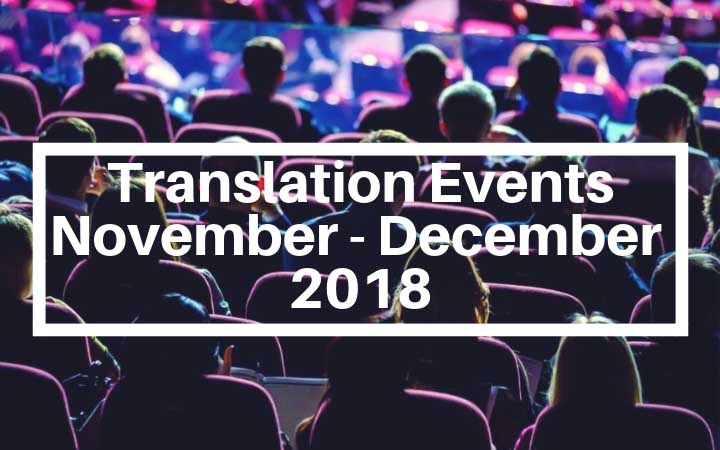
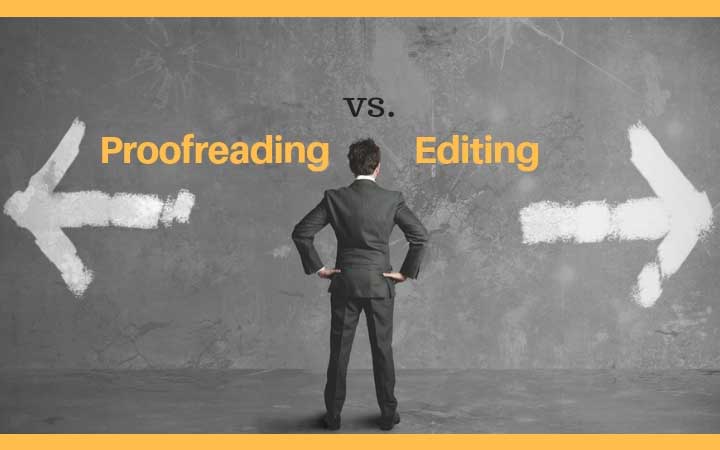
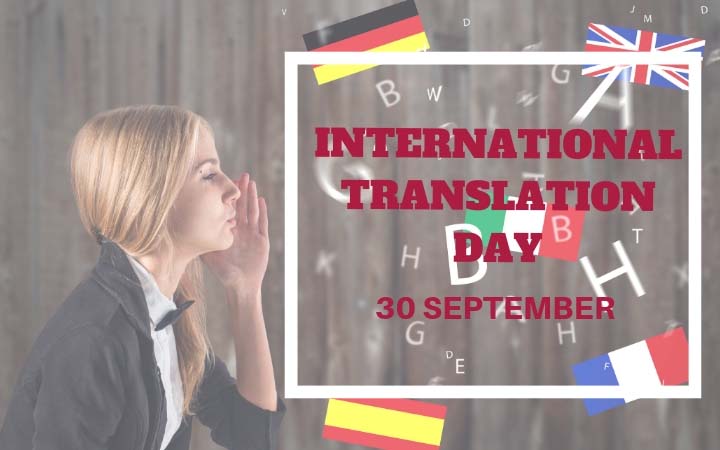
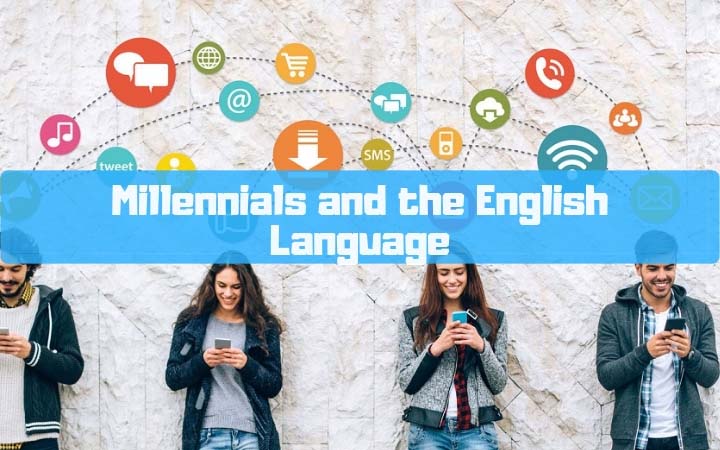
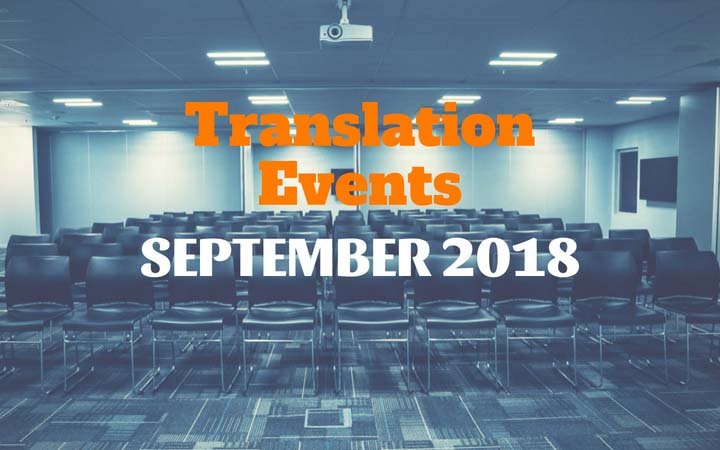
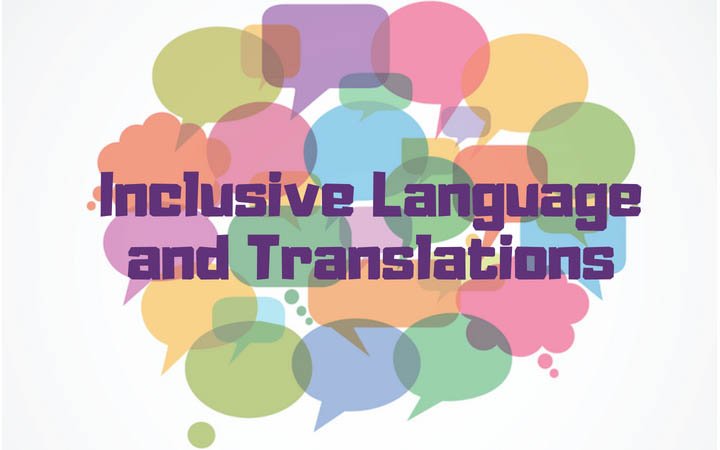
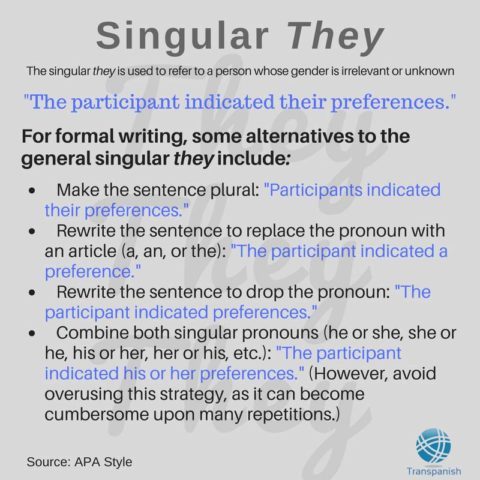 English Makes It Easy
English Makes It Easy
